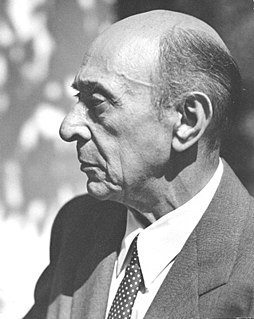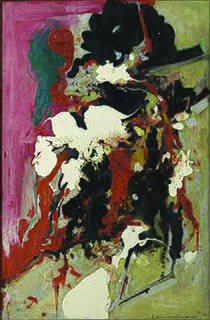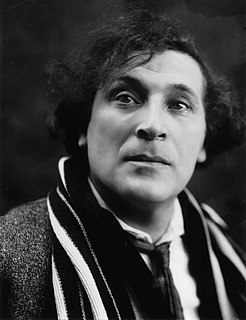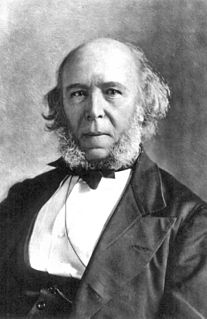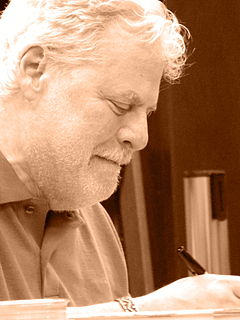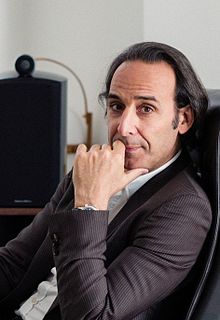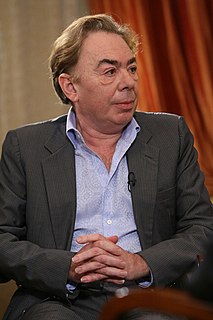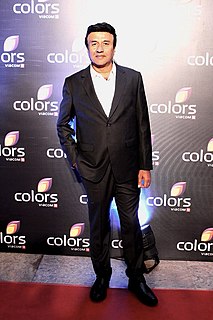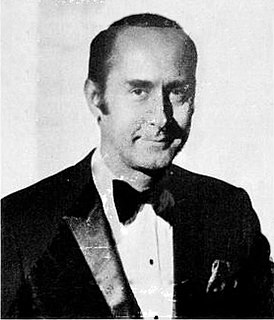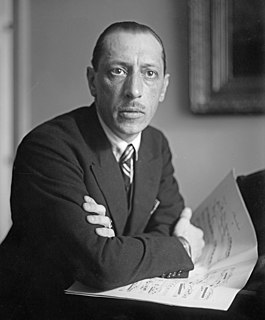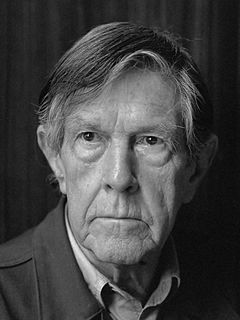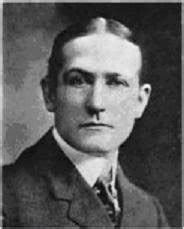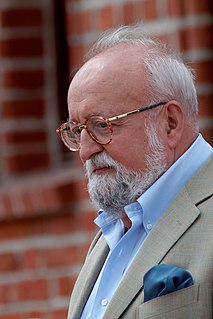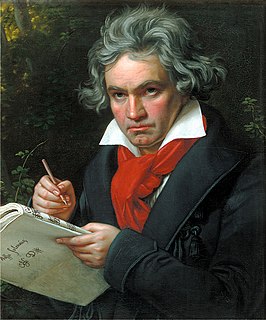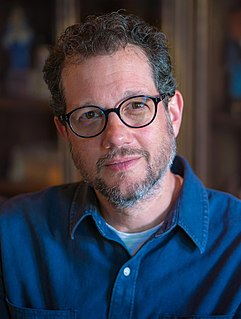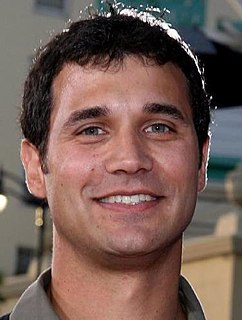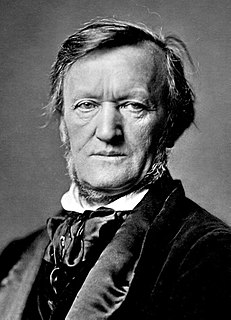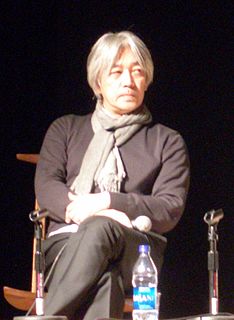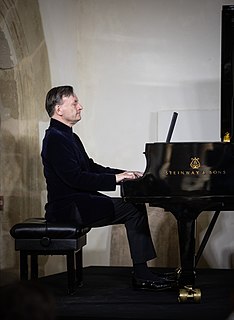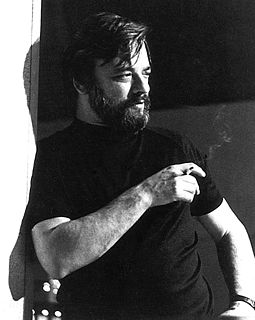A Quote by Arnold Schoenberg
Related Quotes
For many years, I have been moved by the blue at the far edge of what can be seen, that color of horizons, of remote mountain ranges, of anything far away. The color of that distance is the color of an emotion, the color of solitude and of desire, the color of there seen from here, the color of where you are not. And the color of where you can never go.
Because it's our first official album, we wanted to show our color, the color of Blackpink. We wanted to present an image that people would think of when they think of Blackpink, and what kind of music we put out... we channeled the girly side of ourselves and performed according to the girly lyrics.
I teach a graduate seminar called "Theorizing Improvisation" that is pretty interdisciplinary, but really makes students deal with black studies seriously. A lot of authors of color, a lot of women of color - those become central to the intellectual trajectory. It considers music, but it also considers areas of thought that might seem unrelated to music. That's partly because we're expanding the notion of what music is beyond objects, beyond scores, beyond things.
Music may appeal to crude and coarse feelings or to refined and noble ones; and in so far as it does the latter it awakens the higher nature and works an effect, though but a transitory effect, of a beneficial kind. But the primary purpose of music is neither instruction nor culture but pleasure; and this is an all-sufficient purpose.
